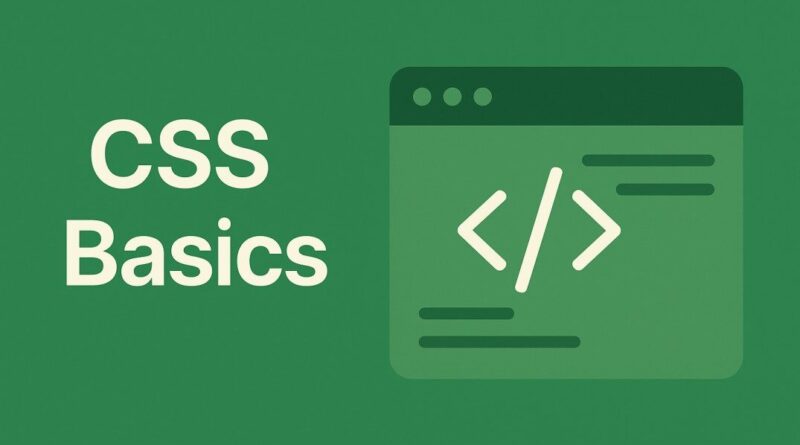CSS – Floats (Traditional Layout, less common for main layout now)
Gone are the days of rigid, blocky web layouts! While we’ve embraced modern CSS tools like Flexbox and Grid for crafting responsive and dynamic designs, it’s worth taking a stroll down memory lane to appreciate the foundational techniques that paved the way. Today, we’re diving into the fascinating world of CSS Floats, a layout method that, while less common for primary page structures now, still holds its own in specific scenarios and offers valuable insight into how web content flows.
Floating Through the Past: A Look at CSS Floats
Imagine you’re designing a newspaper. You want an image to sit on the left, with text wrapping neatly around it. Before the advent of more sophisticated layout systems, float was your go-to solution in CSS. It essentially “floated” an element to the left or right within its containing element, allowing other content to flow around it.
float: left; and float: right; – The Core of Floating
At its heart, using floats is remarkably simple:
float: left;: This property takes an element out of the normal document flow and pushes it to the leftmost side of its parent container. Subsequent content will then wrap around its right side.float: right;: Similarly, this pushes an element to the rightmost side, with content flowing around its left.
Think of it like a boat in a river. When you float: left; or float: right; that boat, the water (your other content) will naturally move around it. This was revolutionary for creating multi-column layouts or wrapping text around images.
The Unruly Side of Floats: Understanding Flow Disruption
While powerful, floats aren’t without their quirks. The key thing to grasp is that when an element is floated, it’s taken out of the normal document flow. This means its parent container no longer “sees” its height, which can lead to some unexpected layout issues, particularly with background colors or borders collapsing.
Imagine that boat again. If you’re calculating the river’s depth based on everything in the river, and the boat is suddenly “floating” above it, your depth calculation might be off!
Taming the Tides: Clearing Floats
This “flow disruption” is where clearing floats comes into play. You need a way to tell the browser, “Okay, that floating element is done, now let’s resume the normal flow.”
Here are the traditional ways we’ve “cleared” floats:
clear: both;: This is the most direct approach. You applyclear: both;to an element that you want to appear below any preceding floats, whether they areleftorright. It essentially says, “Don’t wrap around any floats; start on a new line.” It’s like putting a dam in the river to stop the water from flowing past your boat.overflow: hidden;(The “Clearfix Hack”): This method is a bit more indirect but often very effective. When you applyoverflow: hidden;to the parent container of the floated elements, you essentially tell the parent to “contain” all its content, including the floats. This implicitly clears the floats within that container. It’s often referred to as the “clearfix hack” because it leverages a side-effect of theoverflowproperty to achieve the desired result. Think of it as putting a solid wall around your river section – no water can escape, and everything within is contained.
While the “clearfix hack” using overflow: hidden; works well for simple cases, a more robust and widely adopted “clearfix” technique often involves using the ::after pseudo-element on the parent container, setting its content to an empty string, display to table, and clear to both. This ensures proper containment without potential issues related to overflow: hidden; (like clipping content).
Why Still Learn About Floats?
You might be asking, “If Flexbox and Grid are so great, why bother with floats?” Excellent question!
- Legacy Code: You’ll undoubtedly encounter older websites or CSS frameworks that rely heavily on floats. Understanding them is crucial for maintenance and debugging.
- Niche Uses: Floats still have their place for specific tasks, like wrapping text around an image within a block of content, where a full-blown Flexbox or Grid layout might be overkill.
- Foundational Knowledge: Grasping how floats manipulate the document flow provides a deeper understanding of CSS and how different layout techniques interact. It’s like learning the alphabet before you write a novel – essential building blocks!
In conclusion, while floats may no longer be the reigning champions of main website layouts, their historical significance and utility in specific design scenarios make them an important part of any web developer’s toolkit. So, the next time you see text elegantly wrapping around an image, you’ll know that the humble CSS float might be working its magic behind the scenes!



